Last month, my newlywed husband, Ron, and I set off on a three-week adventure to Thailand. With three days in Bangkok, five days by the Ping River in Chiang Mai, and close to two weeks on the beaches of Khao Lak, Koh Lanta, and Railay, we had a chance to experience different climates, ecosystems, accommodations, food, and nightlife. We visited historical temples, bathed elephants, swam in crystal clear blue seas, and walked the colorful streets of crowded night bazaars. And all the while, I couldn't help but take note of the numerous models for impact.
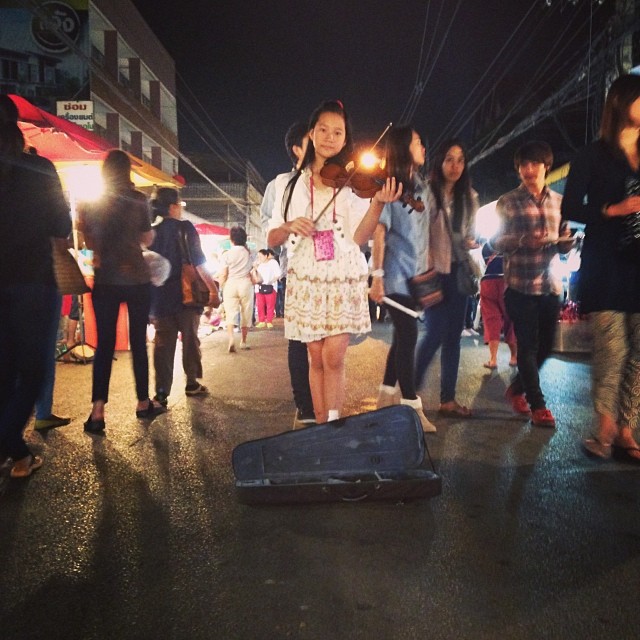
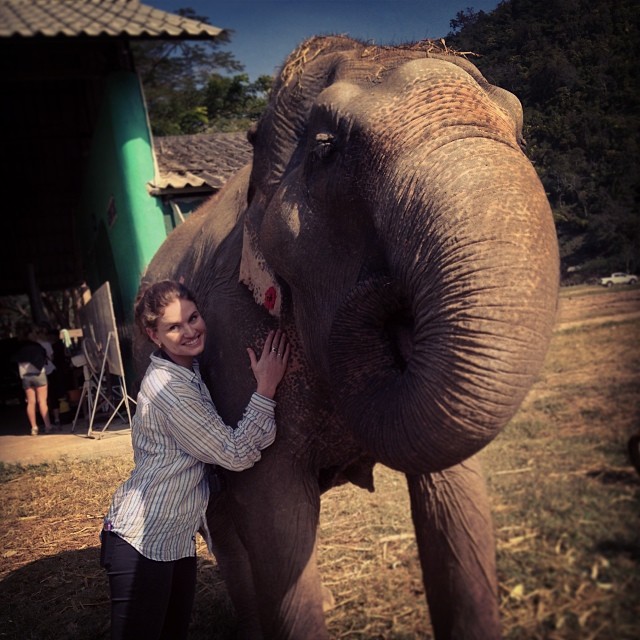
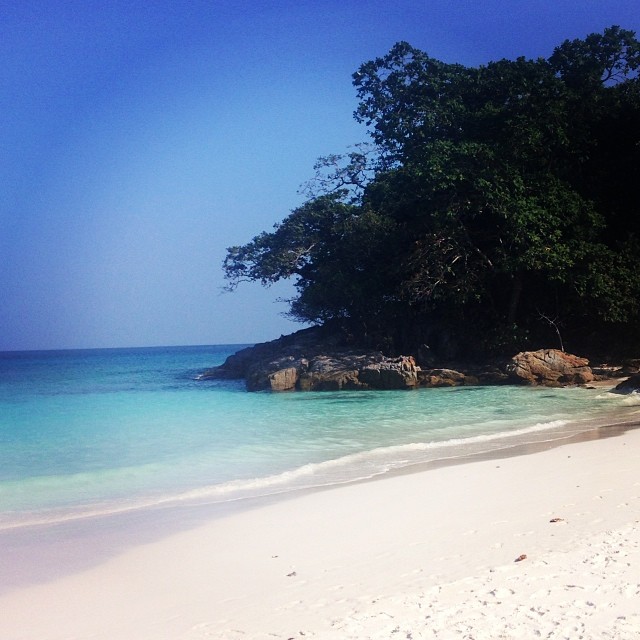
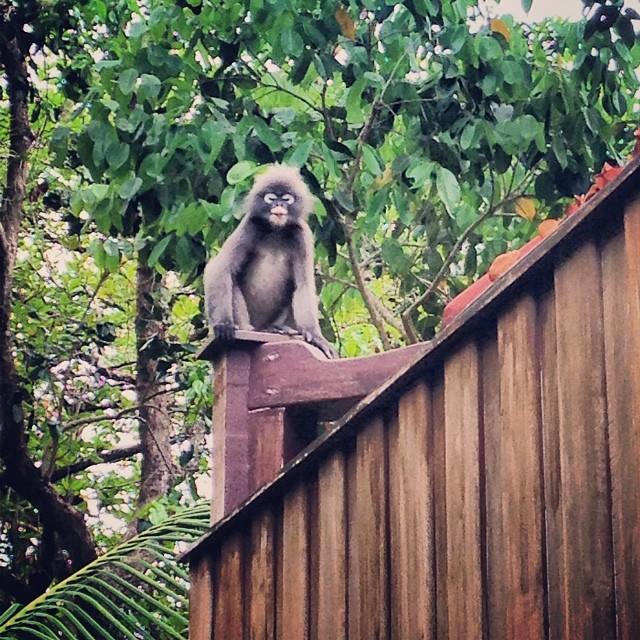
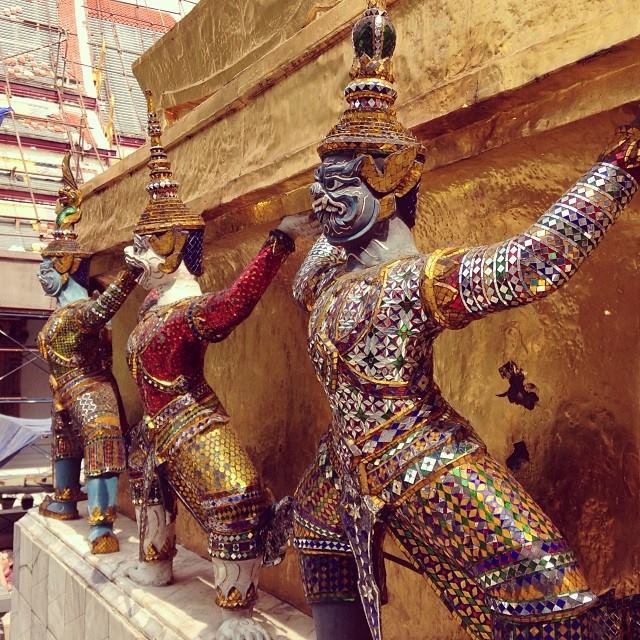


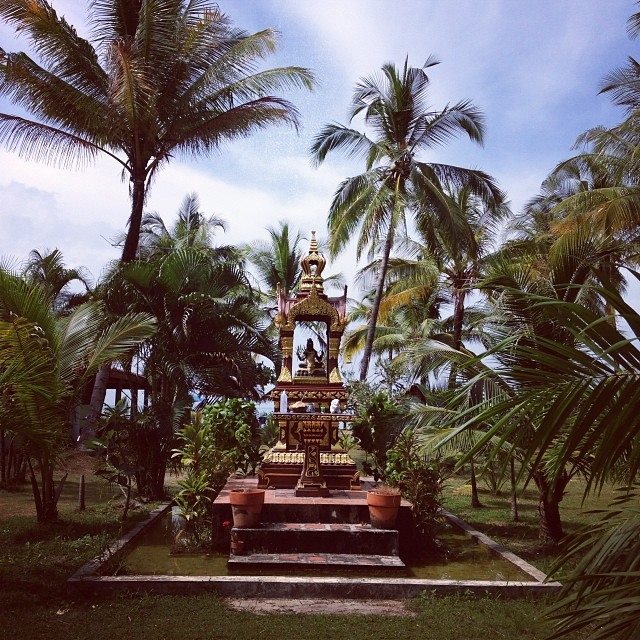

Now that we're back in New York, I routinely find myself thinking about the organizations that we encountered, and the many ways that their marketing, operations, and infrastructure applies to my client work.
Here are a few examples:
Bangkok
During our first two nights in Thailand, we stayed at The Metropolitan by Como, a luxury boutique hotel with sleek, contemporary designs, an in-house Michelin-starred restaurant, and a beautiful and serene spa. At first glance, there were no readily apparent ties to any philanthropic initiatives.
Later in the trip, I took a better look at the welcome card that they had left for us. On the back, there was a small, but distinct message about their foundation's work in Peru. It struck me as odd that a Thai hotel - even one that's a member of a global boutique operation - would be messaging their work in Peru. Upon further research, I learned that The Como Foundation supports nonprofit organizations working to improve the lives of women and girls in 19 countries worldwide through education, skill development, and income generation. Now, this made a bit more sense.
What to remember:
- When running a philanthropic arm of a larger corporate entity, it's critical to craft messaging that resonates with the customer. If someone is traveling to Thailand, odds are they will be more interested in what's going on in Thailand than what's going on in Peru. If unable to resonate on a geographical level, approach it from a different angle. Approximately 51% of the world's population is female. Since their mission is directly tied to empowering girls, why not make this the focus of their materials?
- To ensure the ongoing success of any nonprofit initiative, one must ensure continued visibility and interest. The Metropolitan has numerous opportunities to make customers aware of their philanthropic activities. For example, when someone makes a reservation, they could alert them that a portion of the fees are donated to their foundation. When they check in at the front desk, they could provide a card or brochure with instructions on learning more. When they visit their spa, they could feature items produced by the girls the foundation supports, and information on the training they had received. On-site art auctions, Twitter responses to Foursquare check-ins, even including a direct call-to-action on the welcome card -- any of this would have greatly helped to increase the odds that their customers would support their efforts. The lesson? Look for every point of contact with a prospect, and include relevant stories and information. Did I mention that this benefits the corporation as well? In a recent study, 60% of American consumers said that buying goods from socially responsible companies is important to them.
Chiang Mai
In traveling to the northern Province of Chiang Mai, both Ron and I were beyond excited to feed and bathe the elephants. We had extensively researched our options, as we knew from others that there were numerous companies exploiting animals for purposes of tourism. That being said, we never could have imagined the incredible sanctuary we would step into upon visiting The Elephant Nature Park.
Throughout the day, we received quite an education . We learned of the abuse and traumas faced by the elephants of Thailand, and the ways in which we could affect change. We saw a baby elephant mischievously trying to allude his mom so as to play with the children in our group. We came to understand the importance of adhering to a strict snacking schedule, so as to ensure the elephants still knew to seek their own food sources throughout the day.
The elephants roamed freely amidst dogs, cats, and visitors (note that safety measures were in place), and volunteers ranged from their late teens to their early eighties. Some were clearing elephant dung. Others were carrying countless baskets of bananas, watermelons, and pumpkins. All had paid a fee to take part in these activities. To date, the organization has rescued over 35 elephants from the trekking, logging, and tourism industries, as well as over 400 dogs and cats, and their success is in large part due to their volunteer populations.
What to remember:
- By offering an experiential volunteer program where people pay for accommodations and hands-on interaction, organizations can build a sustainable financial model that perpetuates change for their communities, while simultaneously minimizing costs around full-time labor.
- While facts and figures are undeniably important, people are much more likely to buy into the mission of an organization when they have an opportunity to see the impact of its work. A great way for an organization to bring its mission to life is through storytelling. Why did the founder first get involved? What is a typical day-in-the-life of a volunteer? How did one elephant's life change after being placed at the Elephant Nature Park?
Koh Lanta
Just after arriving in Koh Lanta, a district in Krabi Province, Thailand, Ron and I were looking for a beachside cocktail when we stumbled across Time for Lime, a cooking school, restaurant, and bar, that also offers bungalow accommodations. As I read through their cocktail list and innovative tasting menu, something else caught my eye… all profits from Time for Lime go to Lanta Animal Welfare, a rescue committed to the sterilization and care of the island’s neglected animals.
If you know me (or follow me on Twitter and/or Instagram), you are likely aware of my love of animals. For years, I worked at a local NYC animal rescue, not to mention the Rottweiler, Shepherd-Lab mix, and 2 spunky cats living alongside my husband and me in our little East Village apartment. Needless to say, we spent many nights supporting their business and talking to their founder; and we also arranged a daytime motorcycle ride to visit the animal rescue in person.
What to remember:
- There are many ways to affect change in a community. By using a beachside business model that easily attracts tourists, Time for Lime was financially able to start and sustain a nonprofit animal rescue. They also increased the visibility of the animals who were up for adoption, and provided employment to locals from the area. Were this to be located in New York, they would likely be certified as a Benefit Corporation (or BCorp).
- Time for Lime is able to attract a more steady stream of business through partnerships with larger hotels who want to offer their patrons a unique cooking school experience. When running any social change initiative, it's important to build mutually beneficial relationships that ensure support from the larger community.
The organizations I encountered in my recent travels to Thailand helped to remind me of the endless models and opportunities for creating social change in a community. Are there other impactful initiatives you encountered in your travels? I would love to learn about them!



